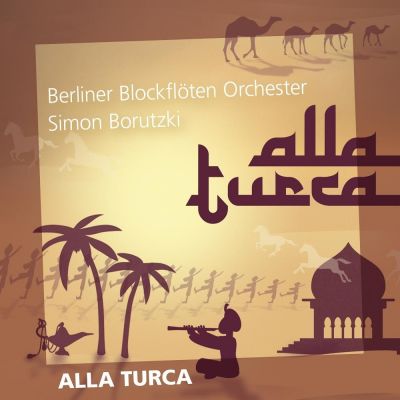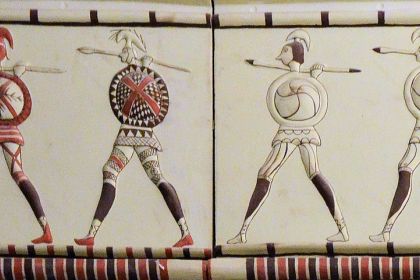PIANO
Alla Turca: Janissary-music piano inspired by Mozart's best-known piece

Alla Turca CD cover
Alla Turca, also known as the Turkish Rondo or Turkish March, is undoubtedly Mozart's most famous piano composition. Written around 1783, the piece follows the musical form of rondo and completes his Piano Sonata No. 11. In a way, this is Mozart's contribution to the so-called Turkish music style trend that was occasionally used by the Classical era composers to model the repertoire of Janissary military bands.
The first-known military bands can be traced back to the 13th century Ottoman Empire where, over time, they developed into large orchestras of about 50 musicians. Their repertoire consisted of Mehter tunes composed in various modes of the extensive Turkish makam system, while the instrumental set typically included davuls and nakkares drums, cymbals, oboe-like zurnas, horns, trumpets, and the iconic Turkish crescent—a long wooden pole topped with crescent-shaped crosspieces and numerous bells.
To commemorate the signing of the 1699 Treaty of Karlowitz, the first Janissary military music concerts took place in Vienna after which many European countries acquired marching bands composed of Turkish performers.
Gradually, Janissary instruments spread to Western orchestras along with the Turkish musical style as reflected in the works of leading composers including Haydn, Mozart, and Beethoven. In addition to the orchestral works, Mozart wrote the extra popular piano piece Alla Turca, prompting the piano makers to redesign and equip the instrument with Janissary stop pedals simulating Turkish drums and percussion.
Watch Manuela Giardina perform Mozart's Alla Turca on the Rosenberger Fortepiano equipped with a Turkish stop:
Curiously, the Turkish-stop piano can be considered the forerunner of the keyboard percussion synthesizers that took center stage in popular music in the last leg of the 20th century.



